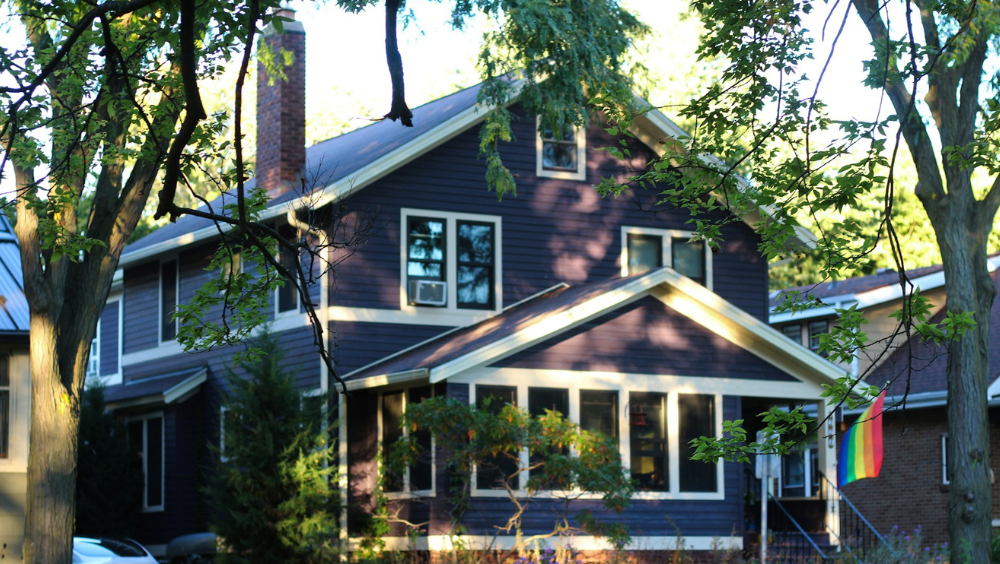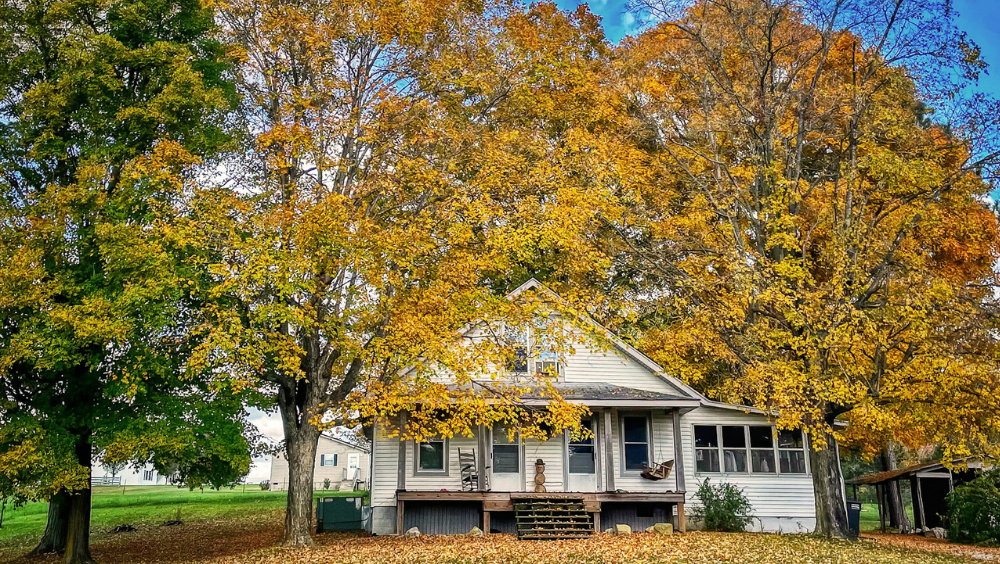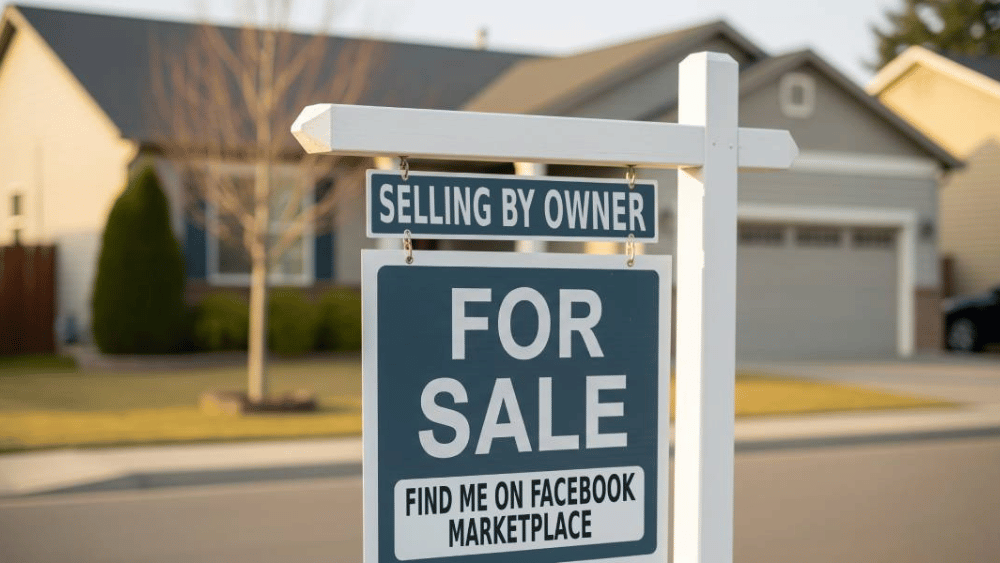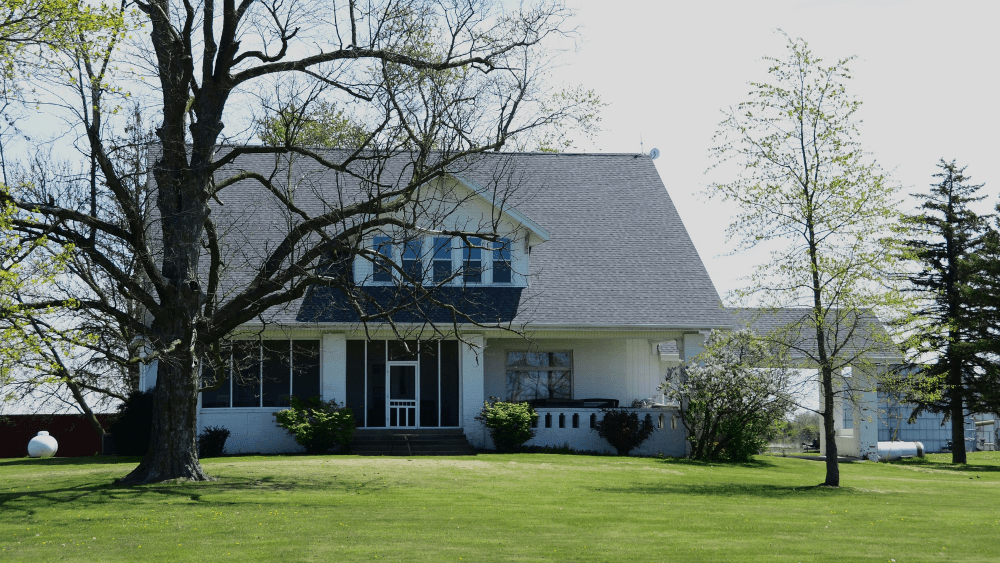Housing inventory growth has been a blessing for the existing home sales market, cooling price growth and giving homebuyers a bit more advantage in 2025. However, as we all know, the inventory growth has been detrimental to the homebuilders this year.
On Monday, Mark Zandi, chief economist at Moody’s Analytics, posted on X about the “red flares” he sees in the housing market, echoing the concern some observers have about the increase in housing inventory. However, I believe we need to separate the existing home sales market from the new home sales market to know how to understand what’s going on.
Zandi posted: “I sent off a yellow flare on the housing market in a post a couple of weeks ago, but I now think a red flare is more appropriate. Home sales, homebuilding, and even house prices are set to slump unless mortgage rates decline materially from their current near 7% soon. That, however, seems unlikely.”
I disagree with Zandi’s take on the existing home sales market, but we see eye-to-eye on the builders.
Existing home sales are not experiencing a crash — in fact, the growth in active inventory is a positive development. The homebuilders, however, sell homes as a commodity, so with inventory building and profit margins falling, they’re likely to put the brakes on housing permits.
Homebuilders are under stress
I agree with Zandi that homebuilders are under significant stress, which is evident in their confidence data. The latest homebuilder confidence data will be released this week and it’s already hovering close to the lows we experienced during the COVID-19 recession. This index is focused on smaller homebuilders, and it helps explain why housing permits are currently so low.
As seen in the chart below, when the total completed units for sale get this high, not only do the builders pull back from construction, but we are dangerously close to the entire U.S. economy falling into a recession.
As I often point out, residential construction workers are a key labor recession trigger. Therefore, getting mortgage rates down toward 6% would not only benefit housing construction but also keep the private payroll sectors of our economy from more job losses.
Finally, as we can see, single-family construction data has been looking weak for some time. Builders are doing their best, especially those with sufficient profit margins to complete ongoing projects. However, as mortgage rates remain elevated and profit margins continue to decline, it becomes increasingly challenging, even for large publicly traded builders.
Existing home sales aren’t crashing anymore
In 2022, after mortgage rates rose from 3% to 7% in a short period, existing home sales experienced a significant decline, and they have remained at low levels ever since. Mortgage rates falling toward 6% and remaining stable could provide some relief. However, existing home sales data in 2025 isn’t collapsing, even with higher rates. In fact, there’s a good chance of sales growth this year if mortgage rates can make a slight move lower for the remainder of the year.
2025 marks the first time in many years that we have achieved 23 consecutive weeks of year-over-year growth in purchase apps, as well as 10 consecutive weeks of double-digit year-over-year growth, all while the week-to-week data remains slightly positive.
HousingWire’s weekly total pending home sales data shows slight year-over-year growth, despite elevated mortgage rates.
The existing home sales market is healing itself. Since we aren’t likely to see 3%-4% mortgage rates anytime soon, the affordability curve needs to be improved through wage growth, household formation, and slowing price growth. This means the housing market can perform better even if mortgage rates fall to 6%, which is a more realistic target, given that we have reached this level twice in recent years.
Conclusion
I agree entirely with Zandi that higher mortgage rates are creating strain in the homebuilding sector. I’ve predicted that we’ve already reached the peak in housing starts for this decade, unless mortgage rates decrease. We don’t need mortgage rates to drop to 3%, 4%, or 5% to see some movement; a rate of 6% could initiate a small positive response. However, current Federal Reserve policy won’t allow this to happen until the labor market weakens.
For the existing home sales market, it has been crucial for inventory to return to pre-COVID-19 levels. We simply cannot maintain a functioning housing market with the active inventory at the low levels we experienced during the pandemic.
While the homebuilders are showing stress, the existing home sales market is working its way back to a healthier environment.



















 English (US) ·
English (US) ·